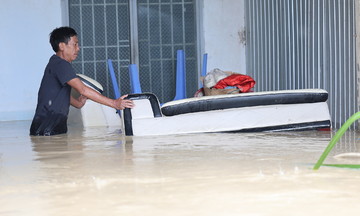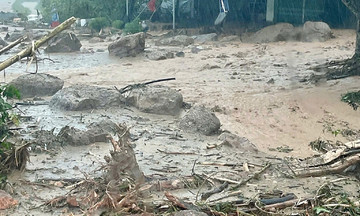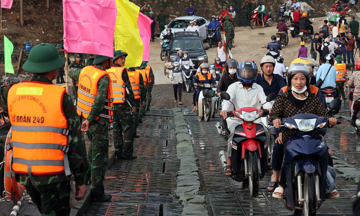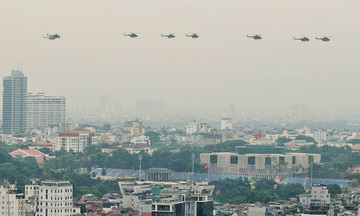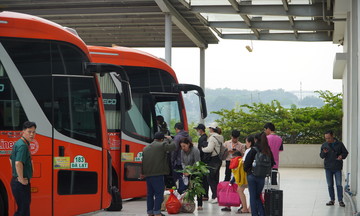According to the Southern Institute of Water Resources Research, the highest flood level this year at Tan Chau (An Giang) is forecast to be between 3.3 and 3.5 meters, lower than in previous years with large floods. The flood peak is likely to occur between October 8 and 10, due to the influence of heavy rain combined with high tides. The Can Tho and My Thuan areas may experience flooding in November, peaking between November 6 and 9.
Currently, the highest water levels measured at Tan Chau and Chau Doc are above 2.1 meters, nearly 1.5 meters and 1 meter below alarm level 1, respectively. At Kratie (Cambodia), the upstream area of the Mekong River, the water level on 18/7 reached 17 meters, 1.8 meters higher than the average for the same period, but still 4.8 meters below the warning level.
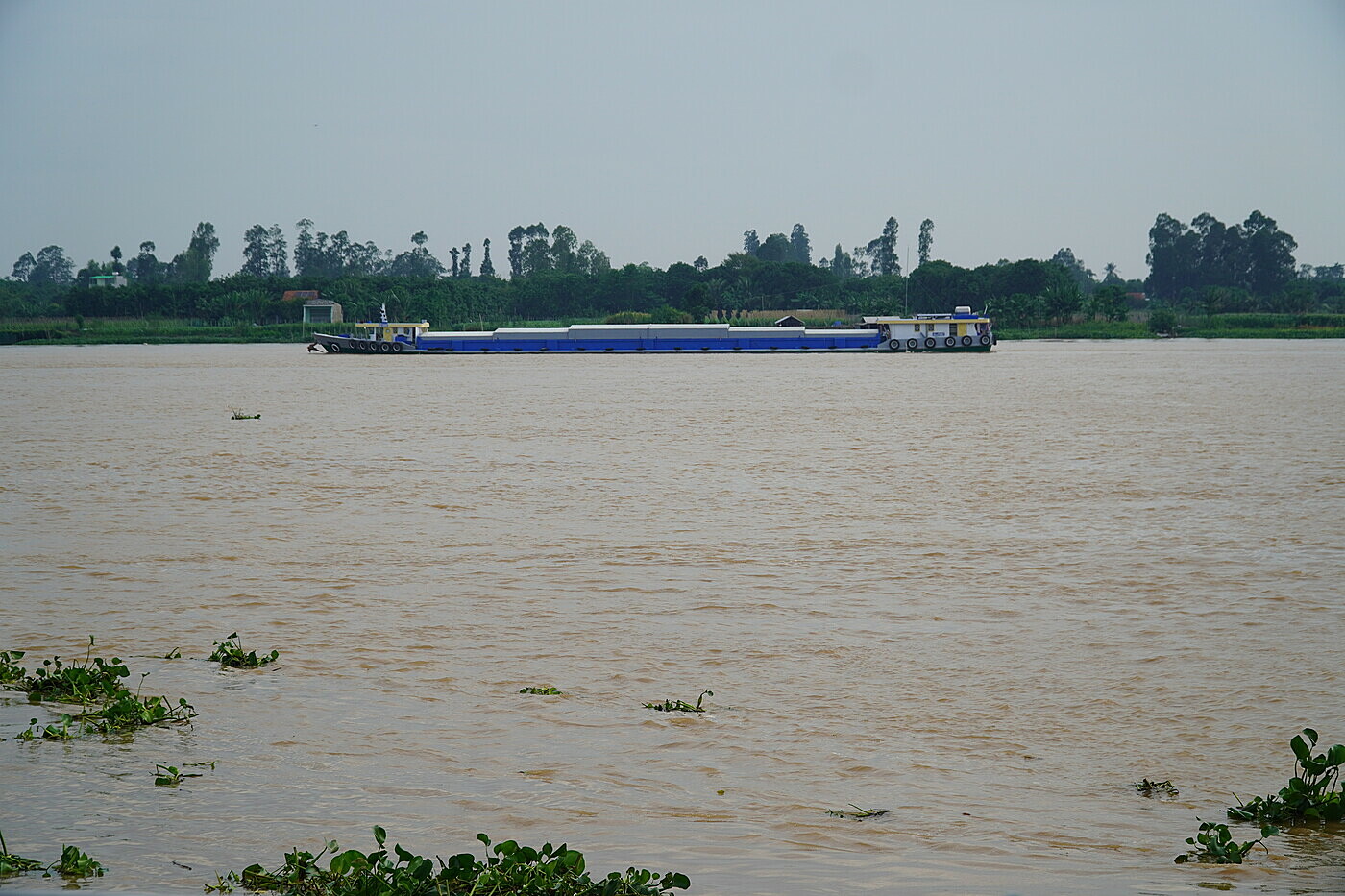 |
Water level on the Tien River flowing through Dong Thap province in mid-July. Photo: Ngoc Tai |
In Dong Thap, the summer-autumn rice harvest has been completed in many fields, and farmers have started to irrigate their fields for cleaning and weed control. Floodwaters have begun to rise in the inner fields, turning muddy, a sign that the flood season is approaching. Farmers are also preparing their tools, ready to enter the livelihood phase following the floodwaters.
With a small flood predicted, the Southern Institute of Water Resources Research recommends expanding the area for the third rice crop in areas with dikes in the upper and middle delta. However, coastal and central delta areas need to be aware of the risk of flooding due to high tides in early October and November.
The flood season, also known as the floating water season, is a characteristic of the Southwest region, usually occurring from the 7th to the 10th lunar month (August to November). Floodwaters bring alluvium to fertilize fields, clean fields, control weeds and rats, and provide aquatic resources such as linh fish, field crabs, eels, snakes, water lilies, and sesbania flowers.
However, in recent years, small floods have led to a decrease in alluvium and aquatic resources, causing people to gradually lose their livelihoods that depend on the flood season. Experts recommend livelihood diversification, reducing reliance on natural exploitation, and shifting to farming methods that are suitable for water fluctuations.
Ngoc Tai



